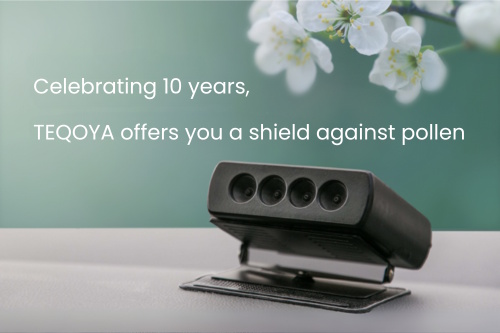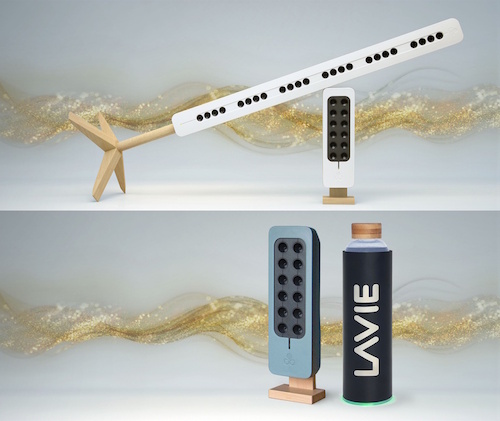
Eco-responsible air purifiers.

Eco-responsible air purifiers.
Our air purifiers
Air purifiersAir ionizersAir purifiers for the homeAir purifiers for cooking and odorsAir purifiers for living roomsAir purifiers for the bedroomAir purifiers for carsAir purifiers for nurseries and retirement homesAir purifiers for gymsAir purifiers for wellness and holistic healthAir purifiers for hotels and restaurantsAir purifiers for craftmen and manufacturingAir purifiers for transportation professionalsAir filters for building ventilation systems
